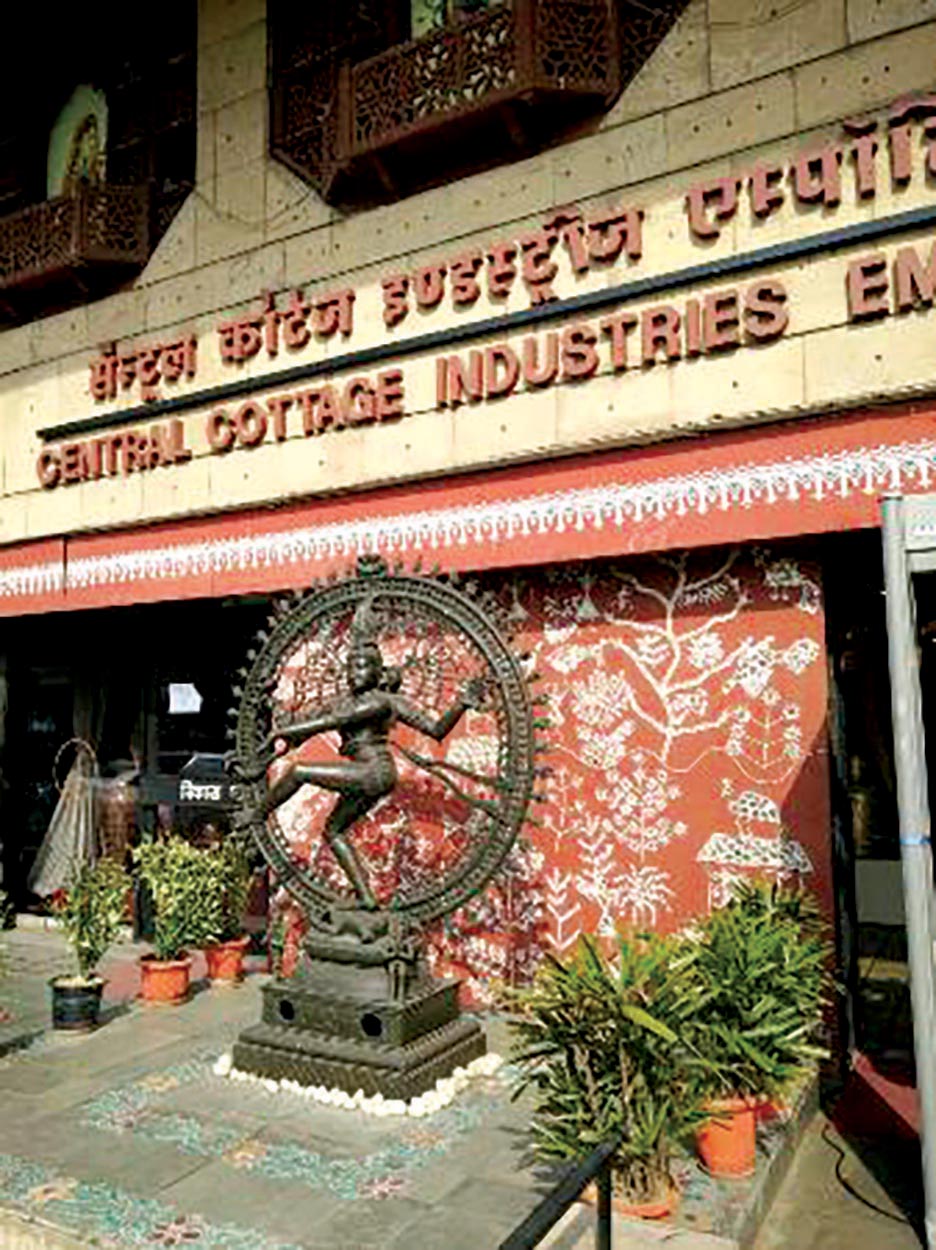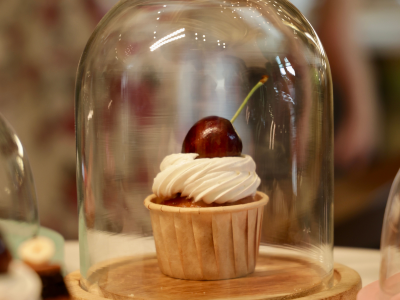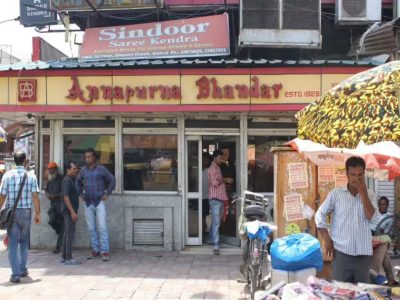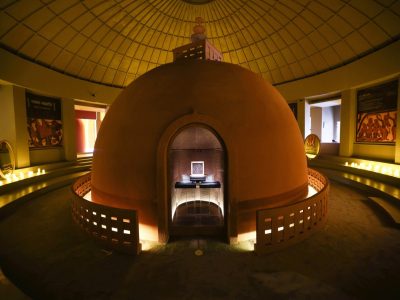It’s that time of year when shoppers head for the state emporia on Baba Kharak Singh Marg to pick up hand-woven textiles and artefacts
For every Zara trip, most of us make, we do sneak into our quintessential Khadi Gram Udyog to check on their latest stock of hand-woven textiles and handicrafts from around the country. It is a testimony of our affinity towards Indian crafts irrespective of the recent penetration of the ready to wear international brands in the market.
What is interesting is that our indulgence with hand-woven fabric is only increasing, even when there are enough ways fast fashion advertises itself in front of us. After all, we are a country with 80% of the handloom of the entire world.
One can pick up a Chanderi saree from Raw Mango’s studio Angoori Badi in Chhatarpur or go to Delhi Haat, where various weavers from Madhya Pradesh personally set up shops every 15 days that have freshly minted motifs coming all the way from Chanderi district. We all have our own relationship with this textile tradition and we have our own nooks and corners from where we source our next traditional souvenir.
Each such destination that offers Indian handicrafts and handloom has its own character that adds to our eventual shopping experience. A shop dedicated to an entire Indian state with all kinds of merchandise that gets made by the local crafts communities of the place is one’s best bet to learn and splurge at the same time. These regional treasure-filled emporia set in a row along Baba Kharak Singh Marg off Connaught Place may have a bureaucratic vibe, being essentially a collaboration between state and central governments but are often the place where one can experience an Indian state in totality.

Centrally located, it is connected to the entirety of Delhi and offers a wholesome experience for its proximity to various other shopping, entertainment and food outlets.
Walking distance from Rajiv Chowk Metro Station Gate No. 7, there are emporia from states like Assam, West Bengal, Tripura, Kerala, Rajasthan, Chhattisgarh, all lined up together, giving us a fair glimpse of every little memorabilia one can have from these regions in India.
Walking into the Maharashtra emporium, Ritu (name changed) shows us around the shop and gives us a little introduction to all that is available at their representation of the state. The Warli paintings, the locally woven sarees, the ethnic embroideries adorn the walls of the outlet. However, it is the Paithani sarees from Aurangabad that are the biggest hit from Maharashtra. A rather expensive buy, these sarees are handwoven in jewel colours with heavy borders and motifs in gold colour. As prices depend on the work that has gone into each of these pieces, she shows us one with a heavy end that costs Rs 8,500.
The Puneri sarees from Pune — checkered sarees in cotton —are an ideal buy for someone who is looking for a fairly priced handloom product from the state. A price tag of Rs 1,500 is not too much for a saree that can easily become part of one’s workwear.
Ritu, who has been working at the store for the last three years affirms, that she is the youngest staffer. All others have in fact been working there for as long as 15 years now.
One of the earliest retail points set up for the Indian crafts, these emporia offer fair prices and quality. Also, these items are sourced directly from the artisans themselves, enabling them to have a good share of the revenue.
A little walk ahead is the Kashmir Emporium, decked with things that will remind you of your last trip to the place, has an all-male staff. It is almost like a living room, decorated with papier mache art, embroidered bags and apparel and of course the Pashmina shawl, which is a world-famous commodity of this region.
What catches our attention is this little corner with various semi-precious stones and jewellery designed in Kashmir. An abstract form of a pearl is a beautiful takeaway that is available at Rs 60 per karat. One can get such pearl for about Rs 2,500. Jewellery made with exotic stones sourced from around the world talks about the state’s tryst with gemstones. A topaz stone as big as a fist costing Rs 40,000 is used in massage therapies.
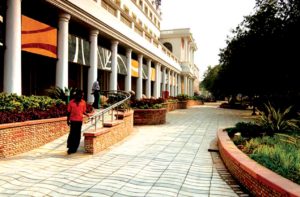
Just across the road is PVR Rivoli, in case one has plans to catch up a movie amidst the shopping spree. What one must not avoid is a meal at the Indian Coffee House which has now been rebuilt into a finer space for all the khadi folks to enjoy a local dish from the place they got their saree from. It’s located in a way that after covering half of the emporia, one automatically wishes to take a stop at this food joint for a quick tea break.
The emporium from Chhattisgarh at the far end of the road stands out for its line-up of 2,000-year-old Dogra craft, documenting the forms and figures that tell local tales from the region. Elephants, deer and various other life forms moulded in brass make for artistic homeware for one’s living spaces. Their team explains to us all the work their office does to motivate the moral of their local craftsmen in Chhattisgarh; they are more than happy with the support they receive from both state and central governments. This is one of the 16 Chhattisgarh emporia in the country, most of which are in the state itself.
The economic slowdown has affected the crafts community too. However, these age-old shops are a hit amongst tourists and aficionados of handmade artefacts, who want to carry back home a piece of something from each of the Indian states.

